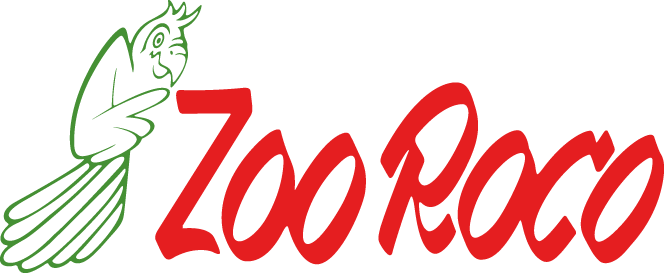







CHF 11.90
Stock: 0
Available in 1-3 days, acquisition time 14 days

Cryptocoryne usteriana - in vitro
| max. Wuchshöhe | - 70 cm | Herkunftsland | Philippinen |
|---|---|---|---|
| Eignung | Barschaquarium, Gesellschaftsaquarium | Typ | Rosettenpflanze |
| Familie | Araceae | Gattung | Cryptocoryne |
| Vermehrung | Ausläufer | Wuchsgeschwindigkeit | langsam |
| pH | 6 - 8 | Wasserhärte | 7 - 21 °dh |
| Hinweise | |||
Eine eindrucksvolle Wasserkelch Art ist die Cryptocoryne usteriana von den Philippinen. Sie wächst im Gegensatz zu vielen anderen Wasserkelch Arten permanent unter Wasser und ist daher für die emerse Kultur im Gewächshaus nicht geeignet. Aufgrund dieser Tatsache ist sie nur sehr selten im Handel anzutreffen. Die bullosen Blätter werden bis 70cm lang, die Blattfarbe ist leuchtend mittelgrün mit rötlicher Blattunterseite. Bei mittlerer Beleuchtung wächst Cryptocoryne usteriana ideal in hartem, alkalischen Wasser und daher bestens für Cichliden vom Malawi- und Tanganjikasee geeignet. Auch bei geringer CO2 Gabe wächst die Pflanze noch recht gut und ist in der Pflege sehr anspruchslos. Der bekannteren Cryptocoryne aponogetifolia sieht sie zum Verwechseln ähnlich.
Wasserpflanzen In-Vitro
In Vitro - Pflanzen werden im Labor unter sterilen Bedingungen kultiviert. Sie werden in einer 7cm großen, geschlossenen Dose ausgeliefert. Die kleinen Pflänzchen sind absolut Algen und Schneckenfrei und können direkt eingepflanzt werden. Ideal ist diese Produktgruppe für kleinere Aquarien und Nano Cubes sowie für das moderne Aquascaping. Wie anspruchsvoll die jeweilige Pflanze ist, lässt sich ganz leicht an der oberen rechten Ecke der Verpackung erkennen. Vor dem Einsetzen muss lediglich das Nährmedium abgespült und die Pflanze portioniert werden
| Aquarium: | Community aquarium |
|---|---|
| Genus: | Cryptocoryne |
| Growth: | slowly |
| Origin: | Asia |
| Properties: | In-Vitro, Rosette plants |
| Stand: | In the foreground |
0 of 0 reviews
Login
Similar products
Customers also viewed

















